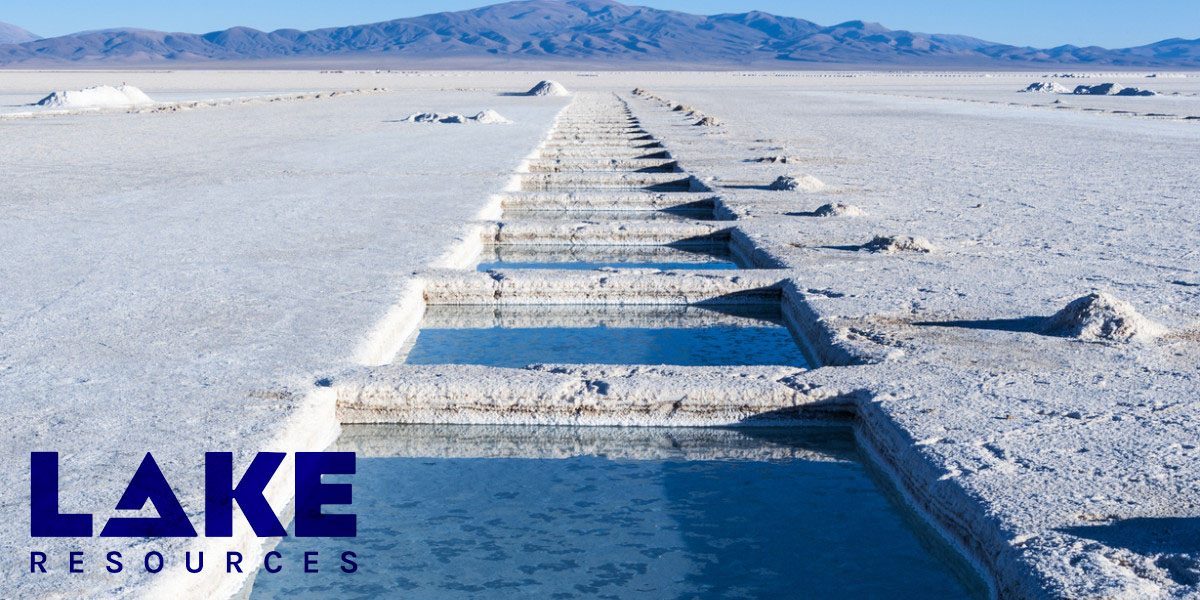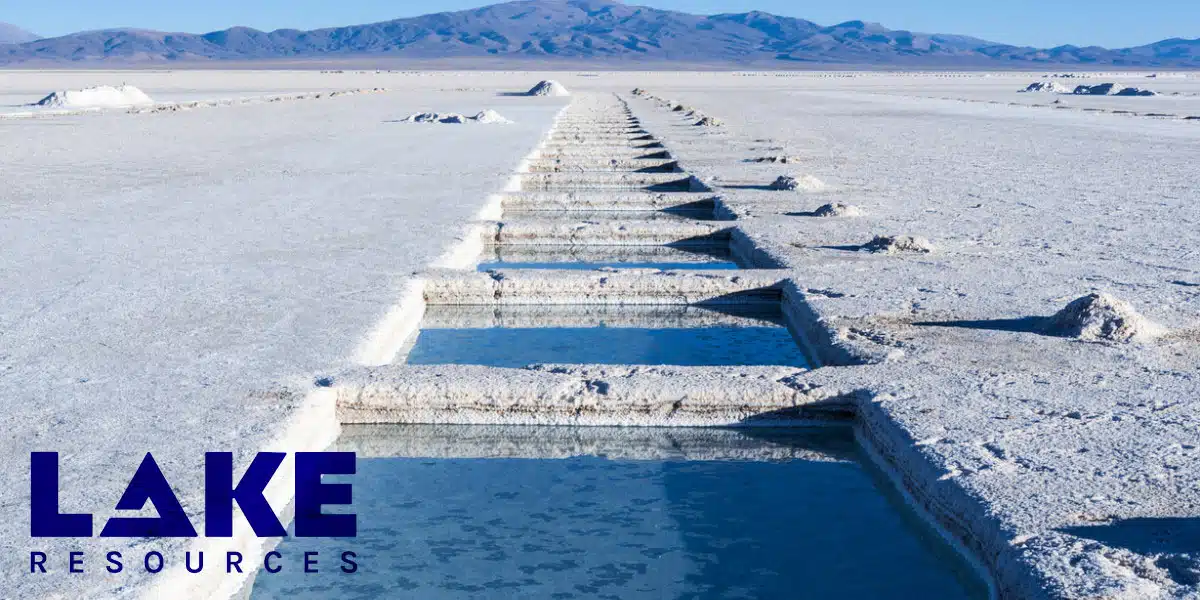Share prices for Australian lithium development company Lake Resources NL took a serious hit following allegations that it plans to use a process developed by Lilac Solutions Inc. for its production facility in Argentina.
According to short seller J Capital Research, there is no proof that the aforementioned process actually works as Lilac has not presented any proof of concept that shows it can be applied to lithium mining and production.
Lake and Lilac formally signed an agreement to develop the former’s lithium facility in Kachi, Argentina, in September of last year. The move is a part of the company’s long-term plan to evolve from a technological development firm to a full-capacity lithium producer.
Lake’s share value on the Australian stock market fell by 6.3% following the public release of the J Capital report.
It should be noted at this point that Lake is just one of nine companies featured in the J Capital review, all of which have previously disclosed that they are also availing of Lilac’s DLE technology. Of the nine, only two have said they will continue to work with the company.
Critical Findings
J Capital’s seventeen-page report stated that Lake will, essentially, be implementing a technology that has yet to be proven. Indeed, investors who put their support behind Lilac have yet to see whether or not its direct lithium extraction (DLE) technology actually works.
Indeed, as of press time, Lilac has no evidence that its technology works at scale, nor has it shown how much using it will actually cost future users.
J Capital also claimed that the technology is environmentally unsound, using more freshwater than other lithium refining processes.
How Does the DLE Work?
Lilac’s DLE technology uses ceramic beads to draw lithium in through batch cycles. The basic premise is similar to how a spin-cycle washing machine works. Once the lithium is drawn in, a mixture of acid and water is poured in to wash off the metal.
While Lilac executives claim that they have tested the beads at more than 1,000 cycles, the J Capital report claims that the process stops working after 150 cycles. In this case, the DLE may be an economic liability in the long run.
Lilac chief executive officer Dave Snydacker has decried J Capital’s claims and is asking how the research company came upon their 150-cycle figure. Despite this, Snydacker expressed confidence that the pilot plant set to open at Lake’s Kachi production site in Argentina will be successful as proven technologies will support it.







